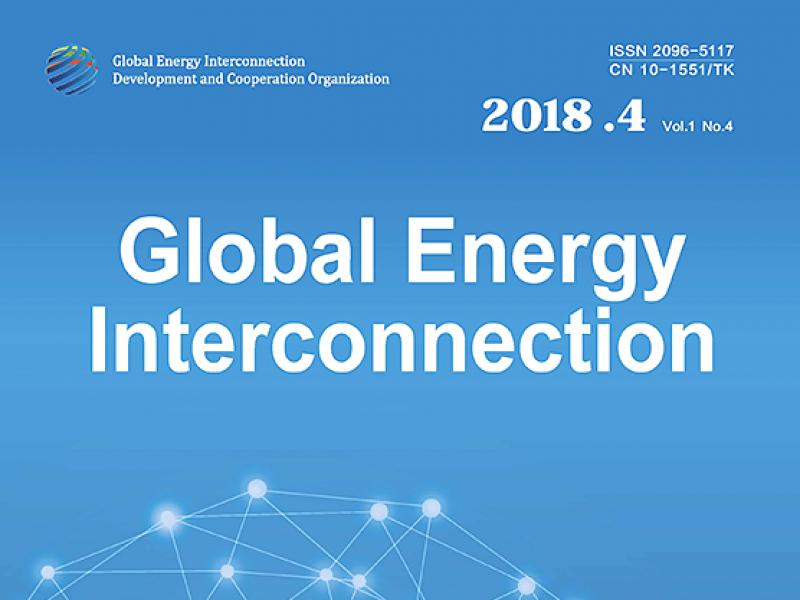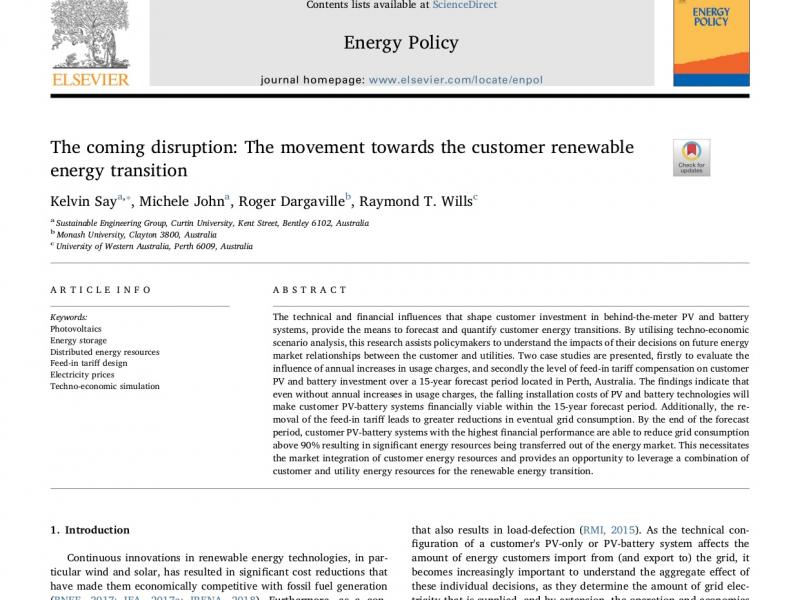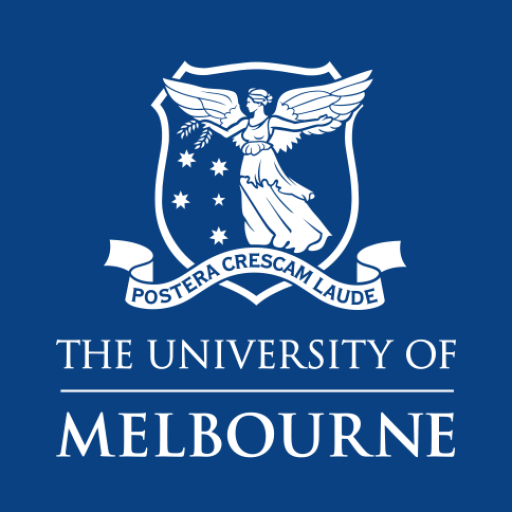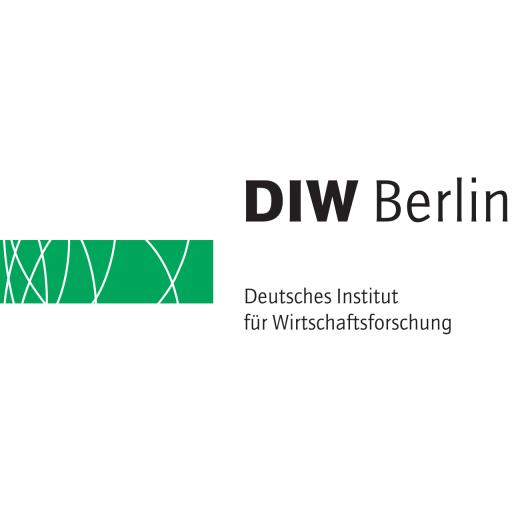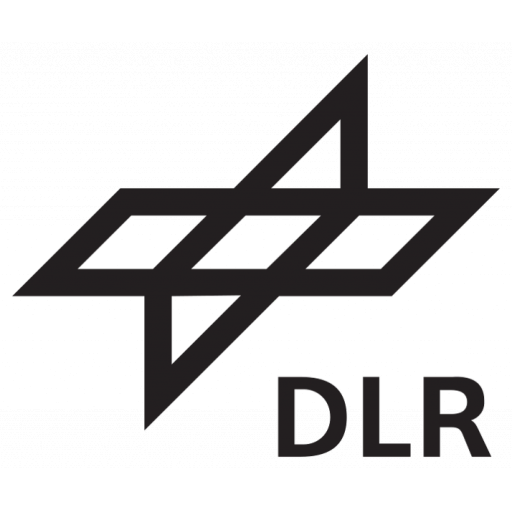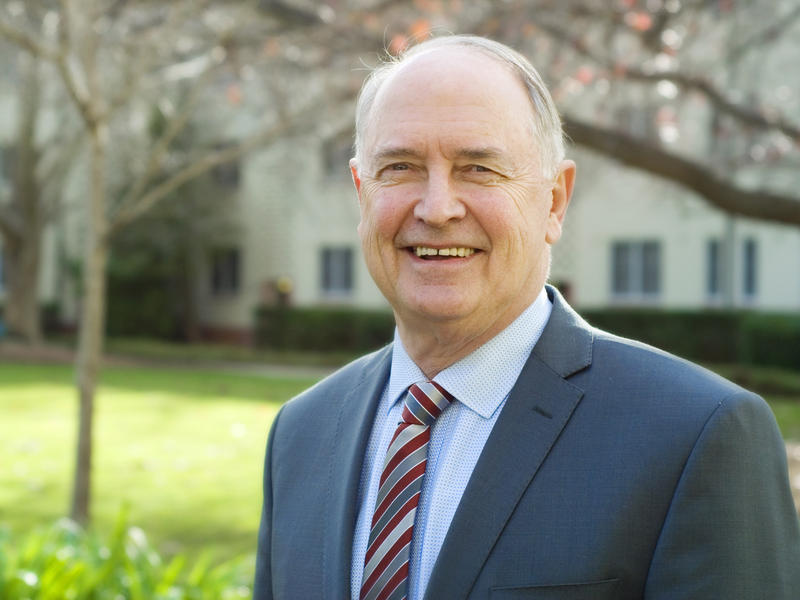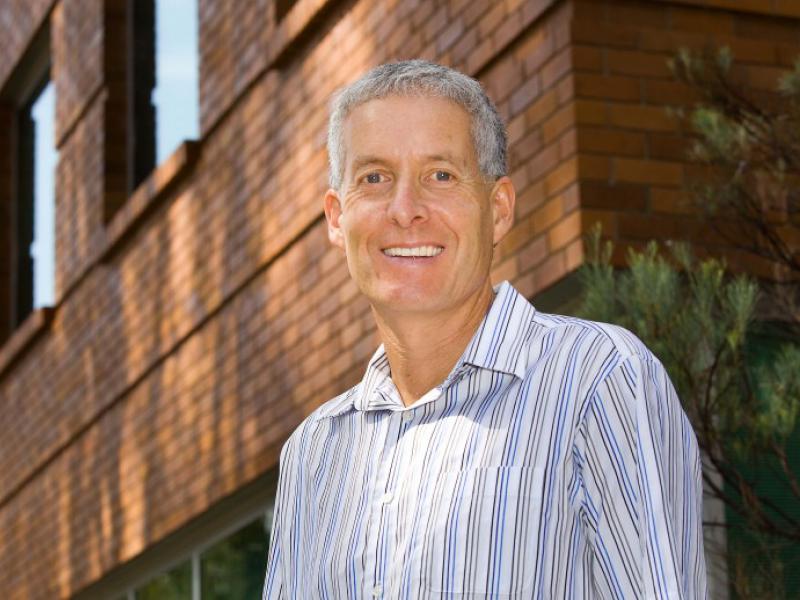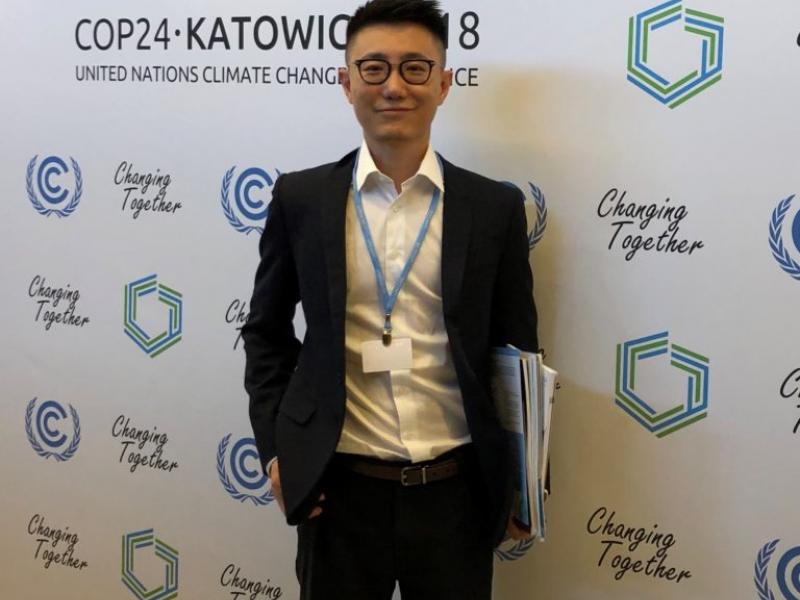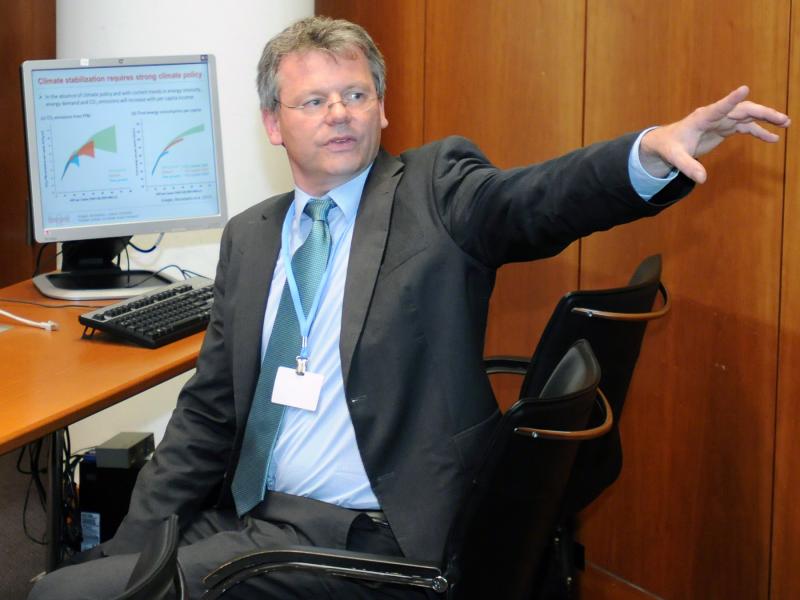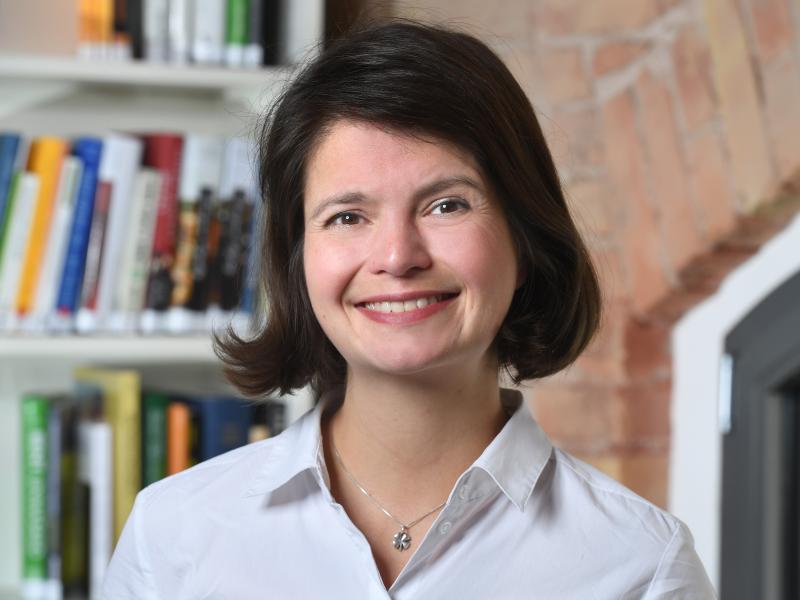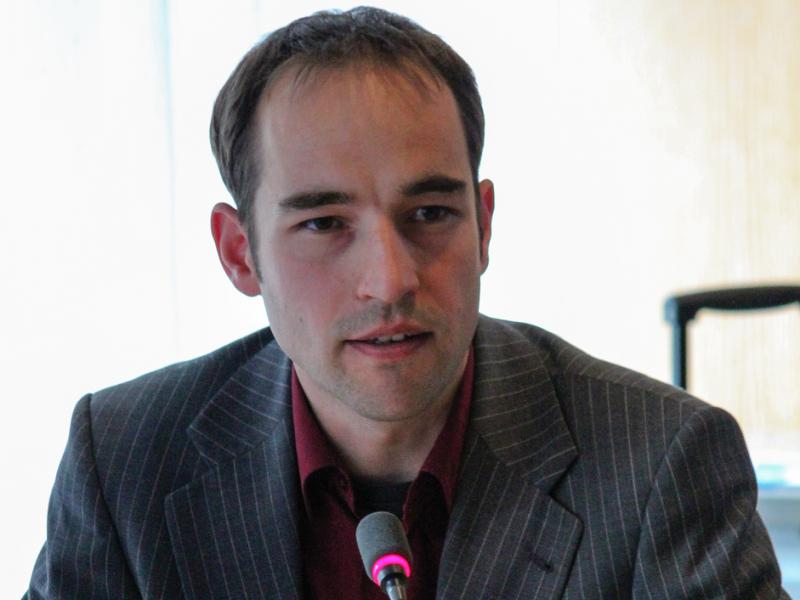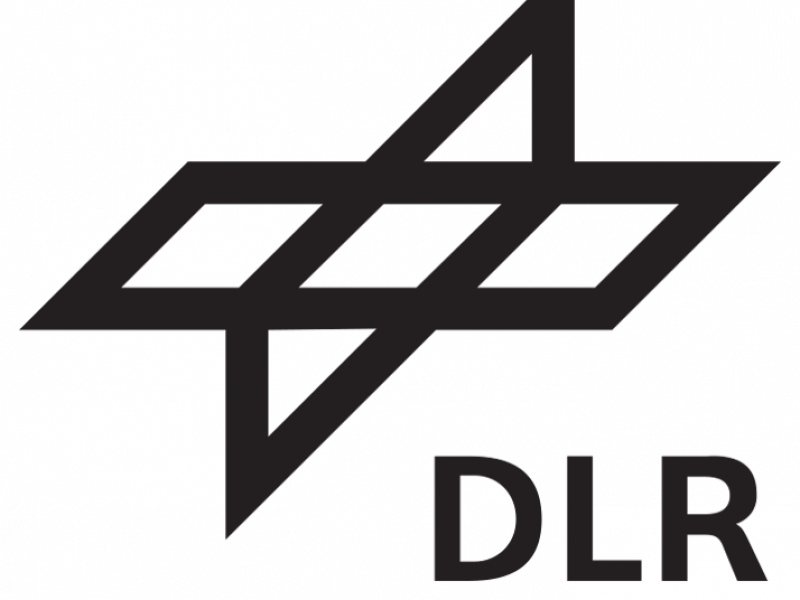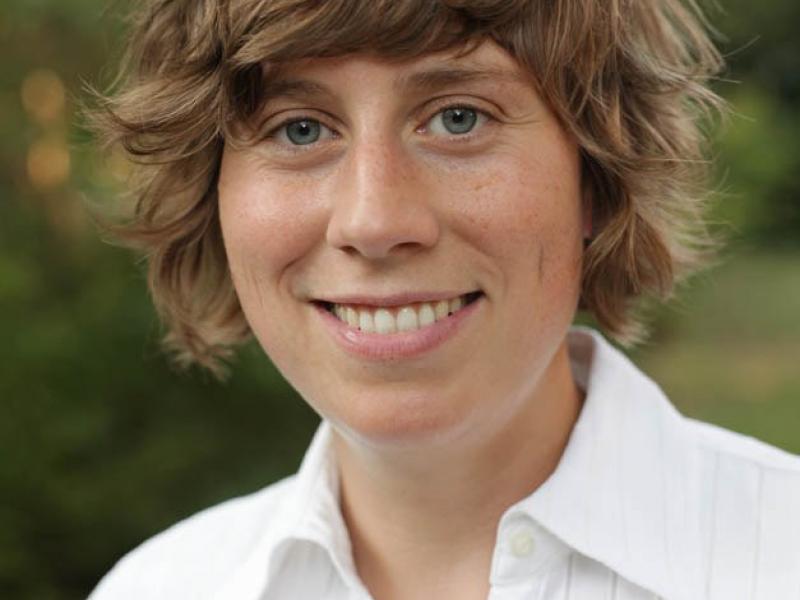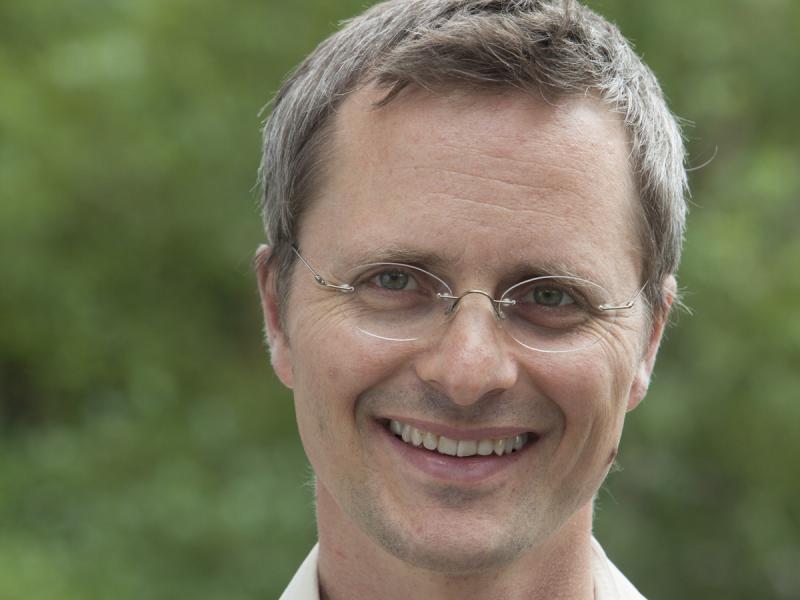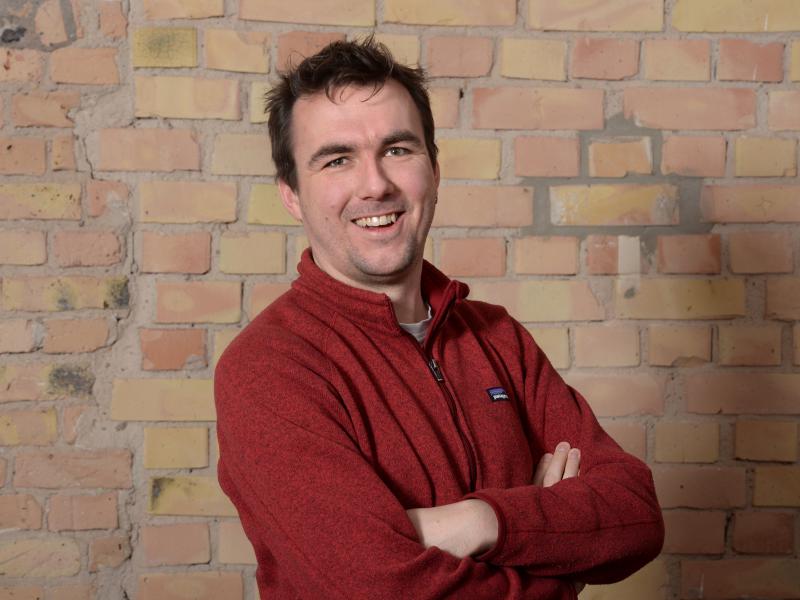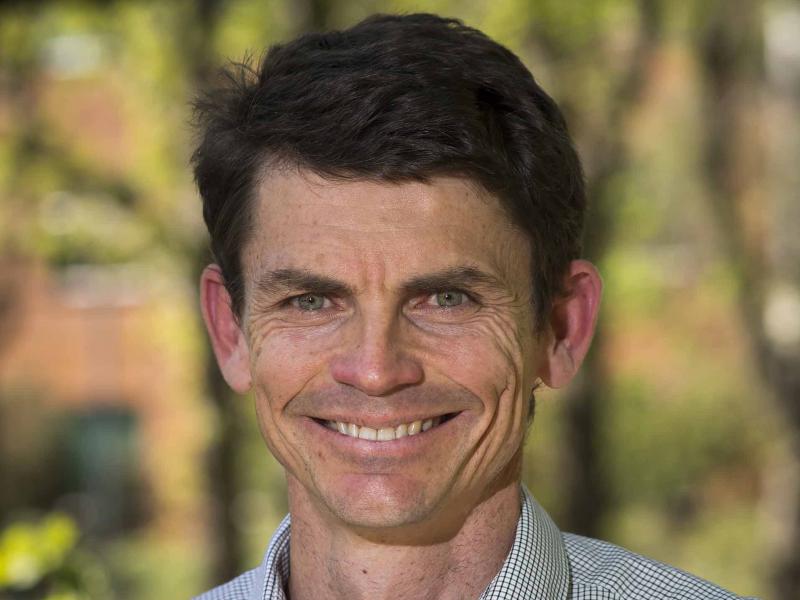This research project aims to broaden the understanding of current and future low-carbon prospects of Germany and Australia’s electricity sectors. Germany began a gradual transition to renewable energy more than ten years ago. In contrast, Australia has experienced a boom in the renewable sector in recent years. Given the favourable Australian conditions for wind and solar energy, the question arises as to whether Australia’s renewable transition could possibly overtake that of Germany, thus paving the way for Australia to become a future exporter of renewable-based energy and materials.
Specifically, this project aims to defines a series of 2050 low-carbon transition scenarios for Australia’s power sector. It is a joint undertaking by German and Australian researchers who work closely together to scope the transformation potential of the Australian power sector across different models and assumptions. A key focus is to explore an Australian electricity system that not only can meet domestic demands in an electrified,low-carbon economy, but also support an Australia-based export industry of electricity-based fuels.
Understanding how the electricity system can evolve in a carbon constrained world is a complex task. Different electricity generation technologies (renewables such as wind turbines, solar photovoltaics, hydropower, and fossil technologies such as coal and gas power stations) have different costs, carbon emissions and ‘dispatchability’. In addition, wind and solar resources vary in time and space. Working out how much power these technologies can produce and how they correlate with demand for power is challenging but significant progress has been made in this field over the past few years.
Key research questions of this project are:
- What is the cost-optimal power generation mix for the National Electricity Market (NEM) to produce zero-carbon electricity by mid-century?
- What are the transmission and storage infrastructure requirements to support this electricity system?
- How can the Australian electricity system support a large renewable-based export industry?
- What are benefits of such additional demands for the intermittency regulation of the power system?
To address these questions, models of the electrical system have been created. These models can determine the least-cost combination of technologies to meet given electricity demands and emission targets. However, due to the complexity of the system, the models differ in their approaches and the answers that they produce. Additional work is required to understand why model results differ. In this project we compare the results from three specific models, two Australian (OpenCEM and MUREIL) and one German (REMix). A fourth whole-energy system model (REMIND) is used to generate consistent scenarios of power sector emission reductions relative to economy-wide emission reductions. The models have the following features::
- MUREIL (The Melbourne/Monash University Energy integration lab): This model matches hourly electricity demand and generation over 43 regions across the NEM and simulates the transition from current generation mix to a low-carbon system in 2050. Electricity transmission is modelled across 20 nodes in the NEM, which allows a high resolution of the future grid infrastructure requirements.
- OpenCEM (see the OpenCEM project here)
- REMIX: This model simulates hourly demand and generation over 27 regions across Australia; optimises the capacity and operation of power generation, storage, transmission, and flexible sector coupling in a carbon-neutral system for 2050, and includes flexibility provided by heating, cooling, electric vehicles, and the gas/hydrogen system.
- REMIND: This is a global Integrated Assessment Model with 13 world regions based on a macroeconomic growth model and an energy system model simulating different energy supply (electricity, heat, fuels) and end-use sectors (transport, industry, buildings). It is used to analyse cost-optimal transformation pathways for global carbon budgets and regional emission targets.
As electricity demand will increase in a low-carbon energy system due to electrification of transport and heat applications, the research relie on a bottom-up estimation of sectoral electricity demand growth across transport, buildings and industry up to mid-century. In addition, assumptions are made about growing electricity demand for low-carbon energy exports from Australia to the world, especially in the form of hydrogen. The models are being used to compare several energy system transition scenarios:
- No additional climate policies
- Meet the current Paris NDCs (50% emission reduction by 2030, 60-80% by 2050)
- Medium (70% emission reductions by 2030, 90-100% by 2050)
- Deep (90% emission reduction by 2030, 100% by 2050)
- Export (100% emission abatement, plus an extra 100% renewables to export by 2050)
- Export (200% renewables energy - electricity supply is twice as big as domestic demand in order to meet export demands of 100% by 2050)
These targets are for the electricity sector. Other sectors (transport, agriculture and industry) will likely have different contributions to overall emission abatement. Scenarios are projections, not predictions.
The result of comparing these models and scenarios will be a dramatic increase in the robustness of conclusions regarding the economic viability of the different pathways and will provide valuable insights into the most cost-effective electricity generation mix that we should be pursuing to meet our climate targets.
Importantly, the results rely on a number of technological and socio-economic assumptions and should not be regarded as predictions of the future. Rather, they should be considered as internally consistent scenarios that are plausible given different sets of background assumptions made on the most uncertain factors.


